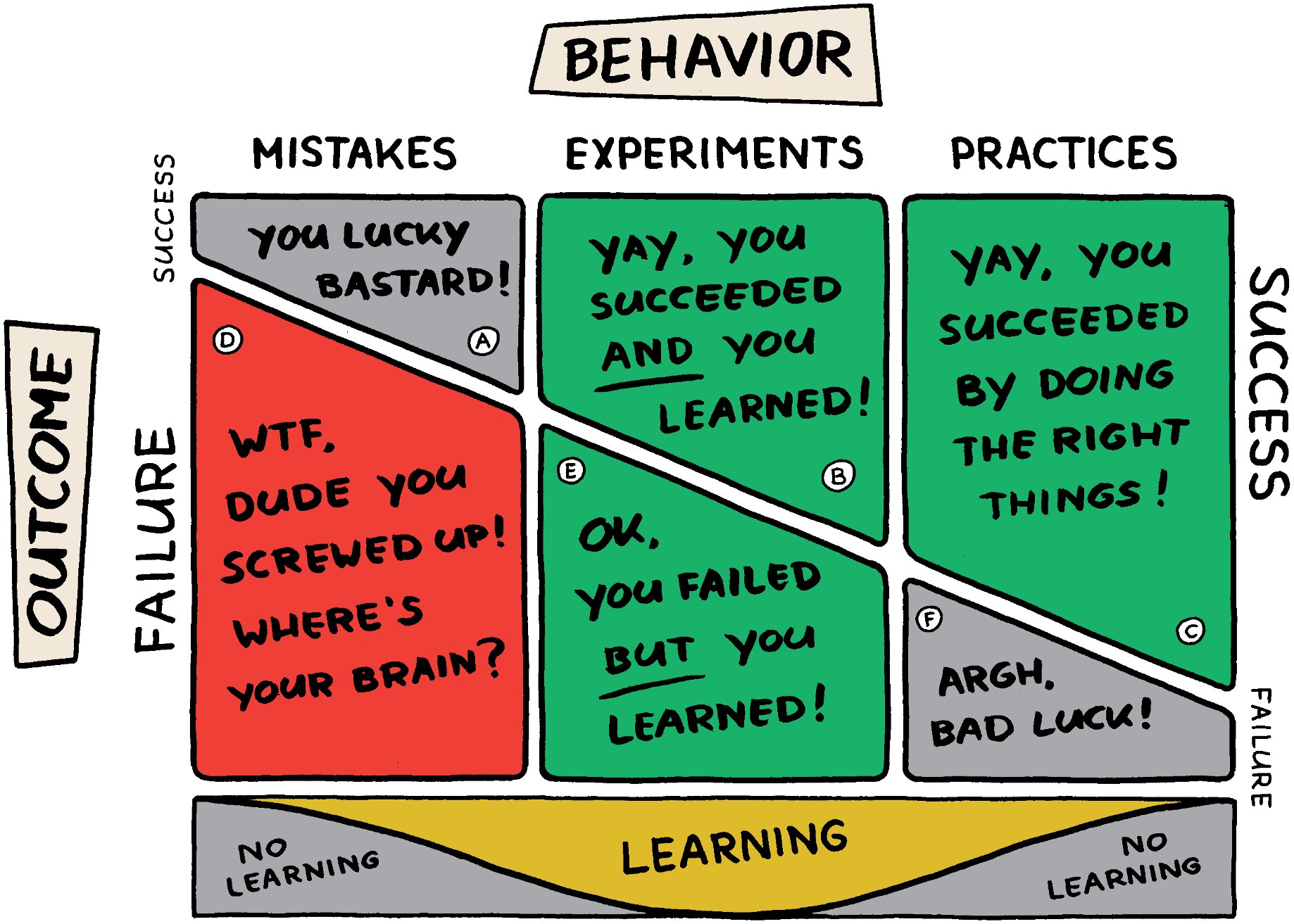Lessons From Buckaroo Banzai
But first, today is a day like any other day, but it's also different. Especially here in Colorado, but not just here. Shocking events are just that, shocking. And it takes time to process them. So take the time. Take care of yourself. Recognize that different people process shock differently. Don't expect today to be just like any other day.
I first heard the phrase Don’t tug on that in The adventures of Buckaroo Banzai Across the Eighth Dimension. Seemed reasonable at the time. Apparently it’s common advice in the fashion world, book restoration, and mushroom hunting as well. And it makes sense. Trim something to a clean end, make a small repair and move on. If you pull on that thread then you could easily distort something else in a different location and have an even bigger problem.
The same logic can apply to software as well. When you run into a problem where the situation you’re in almost matches the situation some library was built for, so you make a small change at the top of the library to handle your case. Then you realize that you need to go a little deeper, making another small change. And it happens again, and again. Until eventually you get things working for your case. But you find that all those small, inconsequential changes mean that the library doesn’t work in the standard case anymore.
Or maybe you find that you need to start using the latest version of the library. But that changes not only the interface, but a “bug fix” breaks a feature you’ve been relying on. So now you need to change all those use cases as well.
If the software world that has come to be called Yak Shaving. All those extra things that might be needed, but sure feel like procrastination, or maybe muda. And they certainly don’t feel like they’re related to the problem at hand.
And that’s where it gets interesting. Figuring out if it’s easier/better to fix/update that library (pull the thread) or change the code that has the problem to work with the existing library (cut the thread). And it’s made even harder because you don’t really know what the thread is attached to until you tug on it. So it’s hard to estimate which will be better in the long run.
When I approach something like that I often have a good estimate of the “cut” case, because it’s localized and I’ve been thinking about that area. If I can’t think of any other uses of the change (YAGNI) then why bother. If there are some possible uses then I might make an attempt at the library change. If I get to ~75% of the estimate and don’t feel any closer to resolution I’ll re-evaluate. At that point I know more about what it will take and the expected benefits. And being aware of the Sunk Cost Fallacy I can try to make an unbiased decision.
And on the other extreme, if changing the library is going to be a really good thing for lots of people and use cases, then I make the change. But not as a single PR. As a task unto itself that adds value. Then I make the original change.

